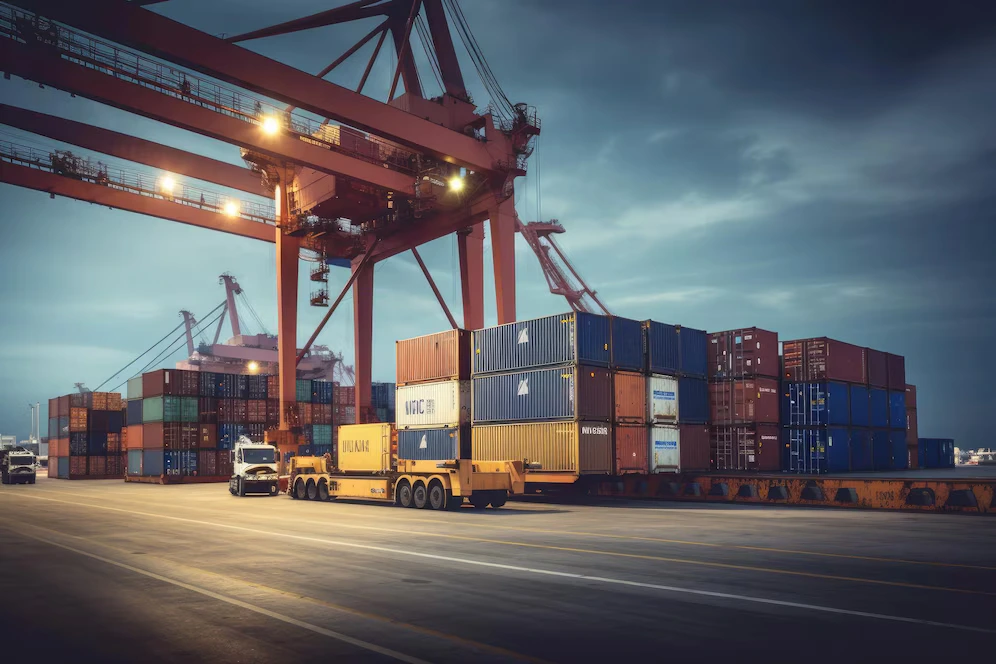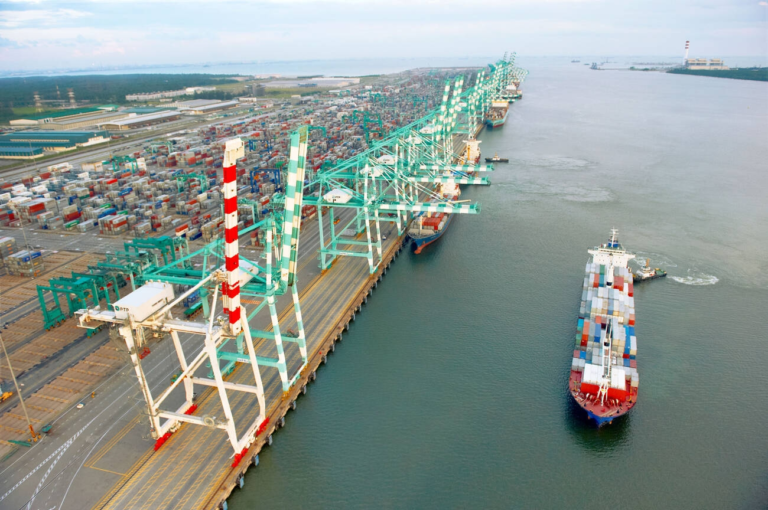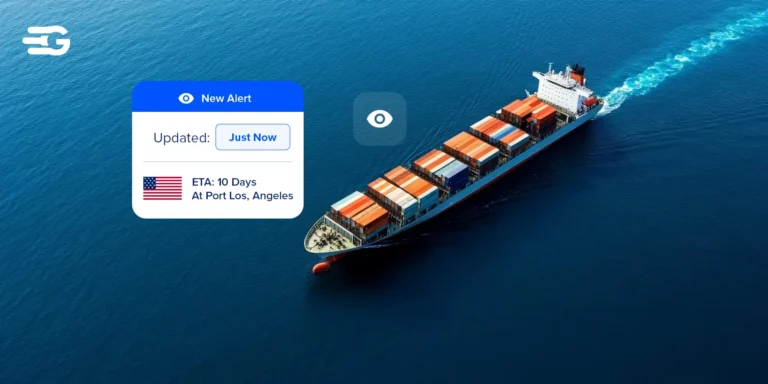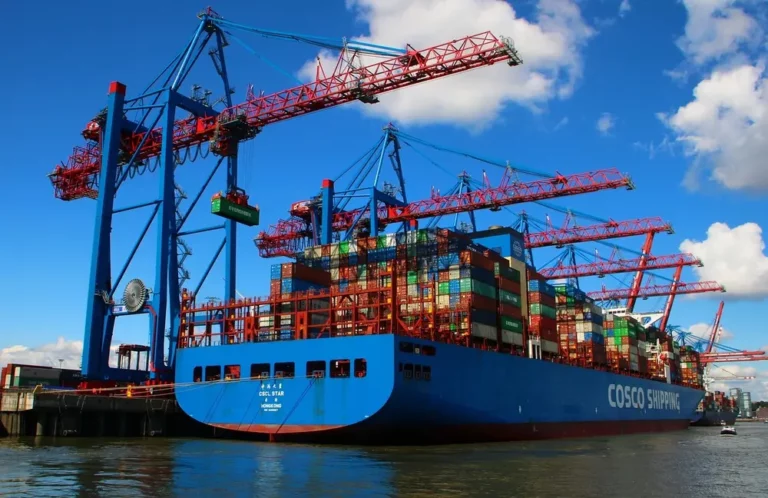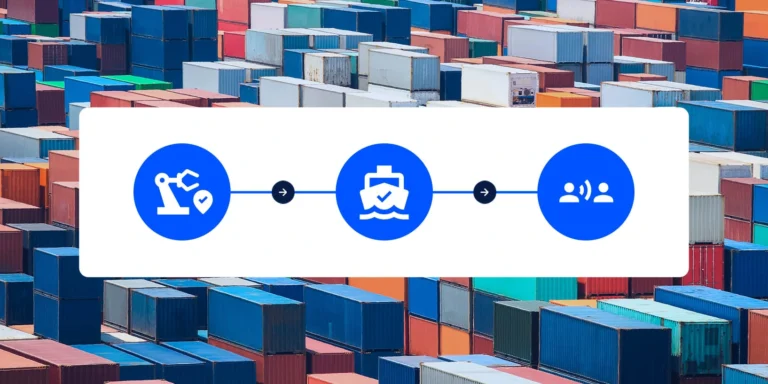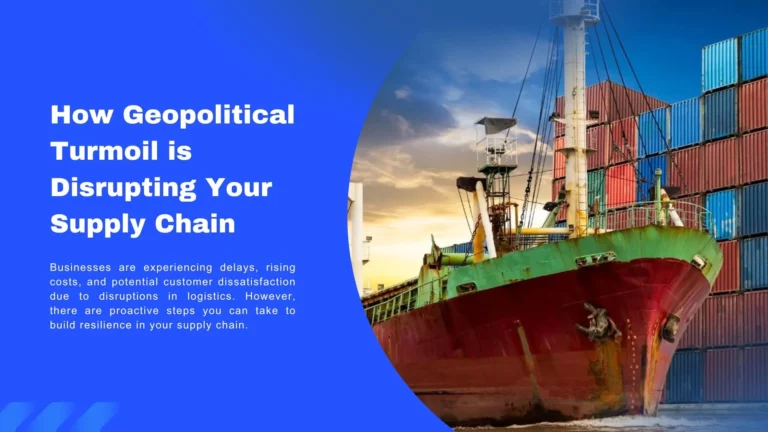What is the Difference Between Transportation vs Freight?
Understanding transportation vs freight is crucial for businesses managing supply chains. These terms are often used interchangeably, but they serve different purposes. Freight refers to goods being transported, while transportation is the process of moving those goods. Optimizing both helps businesses reduce costs, improve efficiency, and ensure timely deliveries.
Overview of Transportation vs Freight
Every business dealing with shipments needs to understand the difference between transportation vs freight. While freight is the cargo itself, transportation involves the movement of that cargo. Choosing the right transportation method and managing freight efficiently can make a significant impact on cost and delivery speed.
Freight
Freight refers to bulk goods or cargo transported over long distances. Businesses ship freight through different modes depending on urgency, cost, and shipment size.
Types of Freight:
- Full Truckload (FTL): A full truck is used to transport goods for one shipper.
- Less Than Truckload (LTL): Multiple shipments share truck space, reducing costs.
- Intermodal Freight: Uses multiple transportation methods, such as rail and truck, to improve efficiency.
- Air Freight: The fastest option for urgent shipments, though it is expensive.
- Ocean Freight: Ideal for international trade, transporting large quantities at a lower cost.
Key Considerations in Freight Management:
- Cost Optimization: Choosing the most cost-effective freight mode.
- Freight Classification: Categorizing goods based on weight, dimensions, and value.
- Handling and Packaging: Ensuring cargo is protected during transit.
- Freight Contracts: Negotiating rates and terms with carriers to control costs.
Example: A company shipping auto parts overseas may use a combination of ocean freight for cost savings and air freight for urgent deliveries.
Also Read: 6 Factors to Consider While Choosing a Shipping Carrier
Transportation
Transportation is the process of moving freight from one location to another. Choosing the right transport mode affects delivery speed, cost, and reliability.
Modes of Transportation:
- Road Transport: Trucks and vans for local and regional deliveries.
- Rail Transport: Cost-effective for heavy goods over long distances.
- Air Transport: The quickest but most expensive transport method.
- Sea Transport: Used for international bulk shipments.
- Pipeline Transport: Moves liquids and gases efficiently over long distances.
Also Read: Exploring Modes of Transportation: Navigating Through Land, Water, and Air
Key Considerations in Transportation:
- Speed vs. Cost: Air transport is fast but expensive, while sea transport is cheaper but slower.
- Route Optimization: Selecting the best routes to minimize delays and costs.
- Carrier Selection: Choosing reliable transportation providers.
- Tracking and Visibility: Using real-time tracking for shipment monitoring.
Example: A company distributing frozen food relies on temperature-controlled trucks to maintain product quality.
Difference Between Transportation vs Freight
| Aspect | Freight | Transportation |
| Definition | Cargo or goods being transported. | The process of moving freight from one place to another. |
| Scope | Focuses on the type, volume, and handling of goods. | Focuses on the methods and routes used for movement. |
| Key Players | Shippers, freight brokers, carriers. | Carrier selection, route planning, and delivery tracking. |
| Modes | Truckload, intermodal, ocean, air freight. | Road, rail, sea, air, pipeline. |
| Considerations | Freight classification, contracts, handling. | Carrier selection, route planning, delivery tracking. |
Key Takeaway:
Freight is what is being shipped, while transportation is how it gets there. Businesses that optimize both reduce costs, improve efficiency, and enhance supply chain performance.
Conclusion
For B2B companies handling large shipments, understanding transportation vs freight is critical. Freight refers to the goods being moved, while transportation ensures those goods reach their destination efficiently. Managing both effectively improves operational efficiency, lowers costs, and enhances reliability.
Businesses using AI-driven tools like GoComet gain real-time tracking, optimized freight management, and cost-saving transportation solutions. These tools help companies make smarter decisions, minimize delays, and improve overall supply chain performance.
FAQs
1. Is freight the same as transportation?
No. Freight refers to cargo, while transportation is the process of moving that cargo.
2. What are the most common types of freight?
Freight includes FTL, LTL, intermodal, air, and ocean freight. The choice depends on shipment size, urgency, and cost.
3. How can businesses optimize transportation and freight?
By using real-time tracking, AI-based logistics planning, and cost-effective carrier selection.
4. How does technology improve transportation and freight management?
AI-powered solutions like GoComet provide real-time shipment tracking, cost analysis, and route optimization.
5. What role does GoComet play in transportation vs freight?
GoComet offers AI-driven solutions to enhance visibility, optimize freight operations, and reduce transportation costs.
